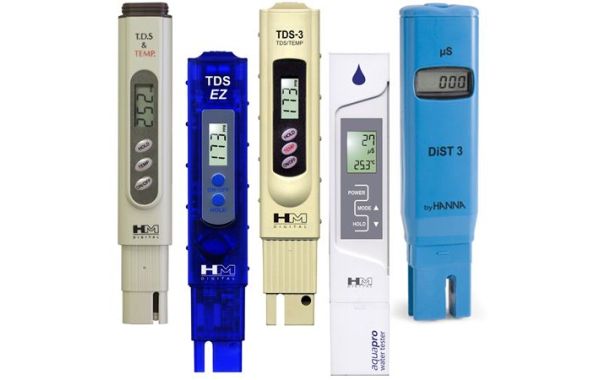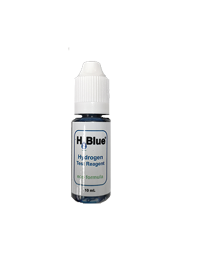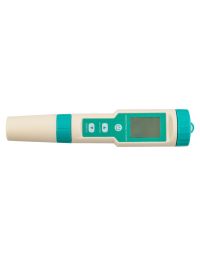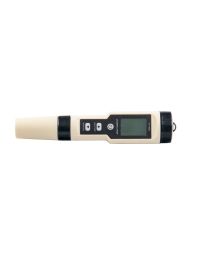Understanding Water Quality: TDS, pH, ORP, and H2 Measurements Explained
Water is a vital resource that plays a crucial role in our daily lives. Whether it's for drinking, agriculture, or industrial use, ensuring water quality is of utmost importance. When it comes to assessing water quality, several parameters are commonly measured, including Total Dissolved Solids (TDS), pH, Oxidation-Reduction Potential (ORP), and Hydrogen Ion Concentration (H2). These measurements provide valuable insights into the composition, acidity, and overall health of water. Let's delve into each parameter and understand what it means for those interested in water quality.
Total Dissolved Solids (TDS)
TDS refers to the concentration of inorganic salts, minerals, and other dissolved substances present in water. It represents the sum of all ions, including calcium, magnesium, sodium, potassium, and various anions. The measurement is typically expressed in parts per million (ppm) or milligrams per liter (mg/L). TDS can be determined using conductivity or chemical analysis.
Why is TDS important?
TDS is an essential parameter for evaluating water quality. High TDS levels may indicate the presence of contaminants, such as heavy metals, salts, or pollutants, which can affect the taste, odor, and safety of water. Elevated TDS can also lead to scale buildup in pipes, appliances, and fixtures. However, it's important to note that not all dissolved solids are harmful, as some minerals can have beneficial effects on health.
pH (Hydrogen Ion Concentration)
pH is a measure of the acidity or alkalinity of water. It quantifies the concentration of hydrogen ions in a solution, which affects its corrosiveness and the behavior of chemical species in water. The pH scale ranges from 0 to 14, with 7 being neutral, values below 7 indicating acidity, and values above 7 indicating alkalinity.
Why is pH important?
The pH level of water is critical for various reasons. It affects the taste, chemical reactions, and overall biological compatibility of water. Drinking water with extremely high or low pH levels can be corrosive and may lead to the leaching of metals from pipes or affect the efficiency of water treatment processes. Additionally, pH plays a crucial role in aquatic ecosystems, as it influences the survival and health of aquatic organisms.
ORP (Oxidation-Reduction Potential)
ORP measures the ability of water to act as an oxidizing or reducing agent. It indicates the presence and strength of oxidants or antioxidants in water. ORP is measured in millivolts (mV), and a positive ORP value signifies oxidizing conditions, while a negative value indicates reducing conditions.
Why is ORP important?
ORP is particularly relevant in water treatment and disinfection processes. It helps determine the effectiveness of sanitizing agents, such as chlorine or ozone, in killing harmful microorganisms.A higher positive ORP indicates stronger oxidizing potential, which is desirable for disinfection purposes. However, excessively high ORP levels can also cause corrosion and damage to infrastructure.
H2 Measurement (Hydrogen Gas)
H2 measurement refers to the quantification of dissolved molecular hydrogen gas in water. Hydrogen gas has gained attention due to its potential health benefits as an antioxidant and its role in various physiological processes. H2 measurement is often conducted using specialized meters or electrochemical sensors.
Why is H2 measurement important?
Research suggests that molecular hydrogen exhibits antioxidant, anti-inflammatory, and therapeutic properties. It has been associated with potential benefits for human health and can act as a protective agent against oxidative stress. However, further scientific investigation is necessary to fully understand the therapeutic potential of hydrogen gas.
In conclusion, TDS, pH, ORP, and H2 measurements are essential parameters for assessing water quality. TDS provides information about the concentration of dissolved substances, pH indicates the acidity or alkalinity of water, ORP measures the oxidizing or reducing potential, and H2 measurement focuses on the presence of hydrogen gas. Understanding these measurements helps evaluate the safety, taste, and overall health of water. By monitoring and maintaining appropriate levels of TDS, pH, ORP, and considering the potential benefits of hydrogen gas, we can ensure that water quality meets the desired standards for various applications, benefiting both human health and the environment.











